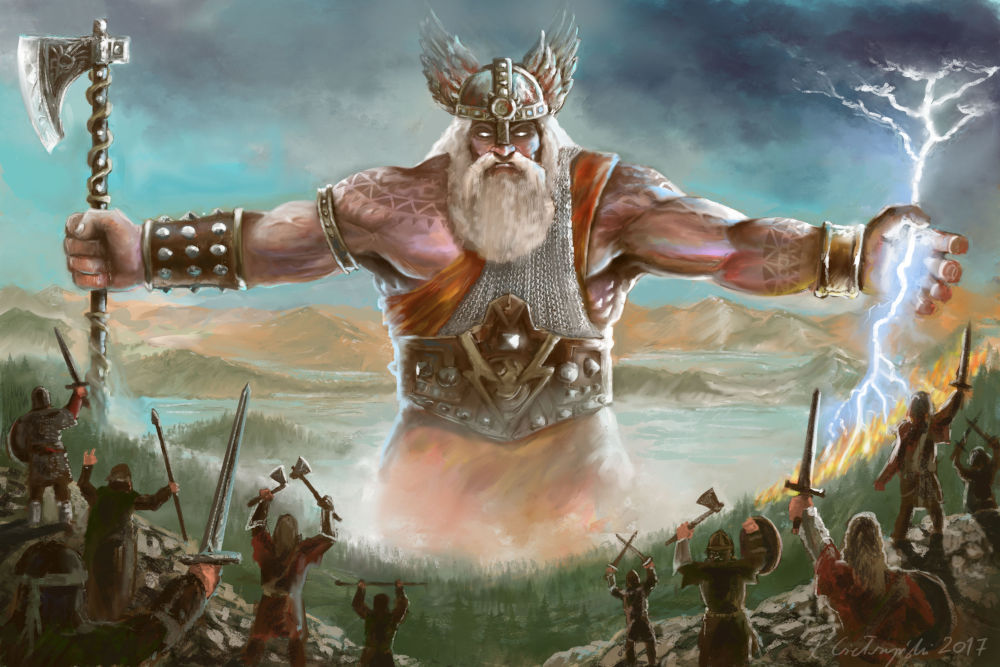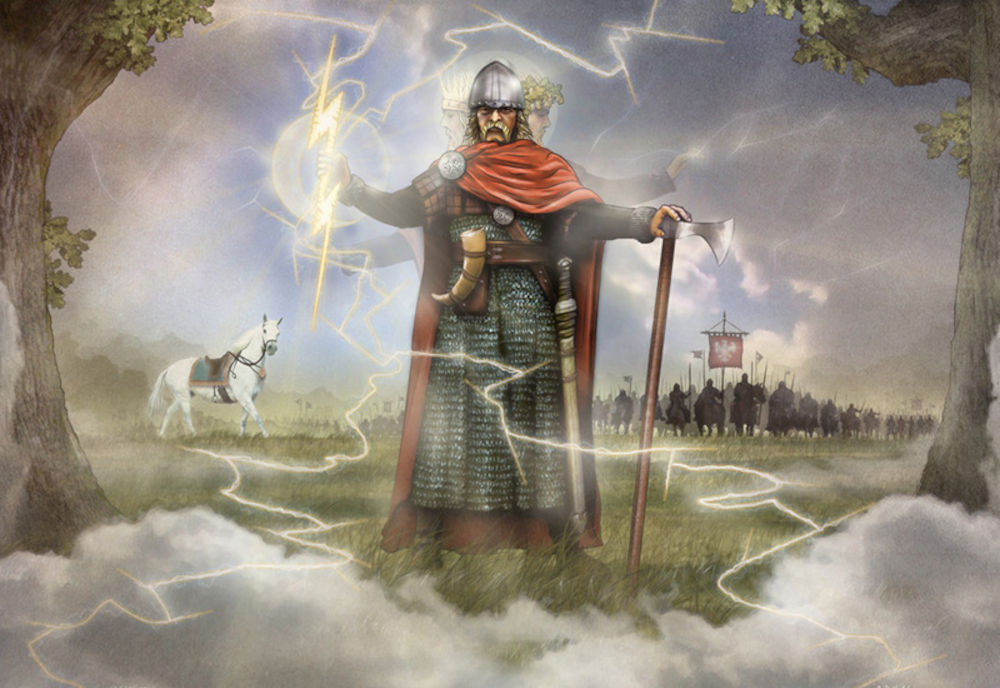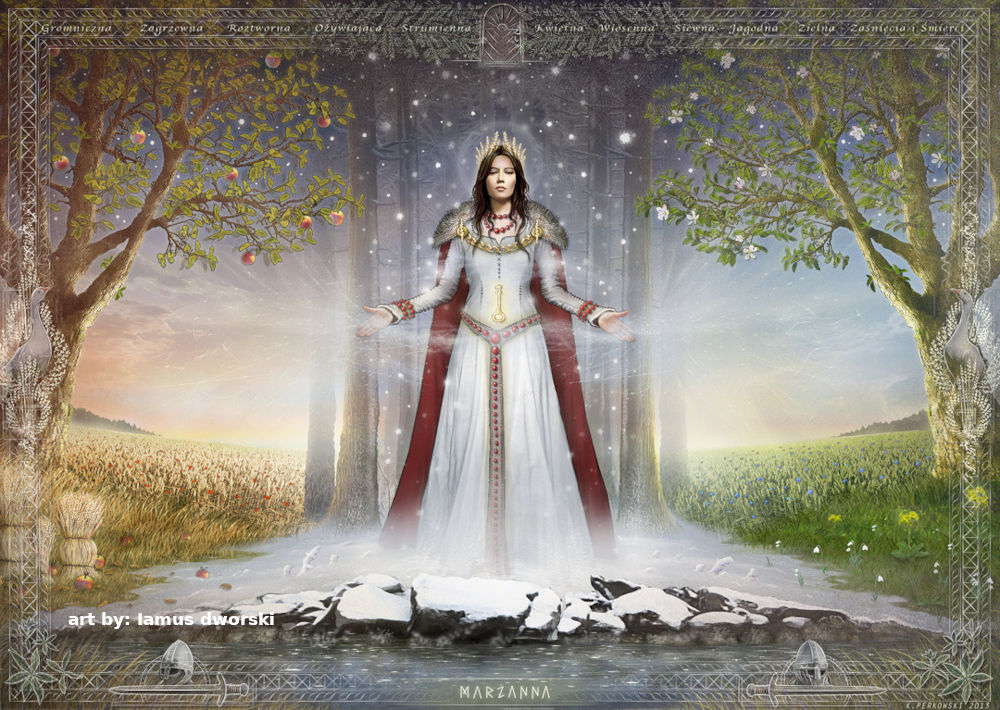Diocletian’s Palace part 1
- Home
- Croatian Culture and History
- Diocletian’s Palace part 1
Diocletian’s Palace part 1
- access_time 5 June 2020
- account_circleCroatian Culture and History
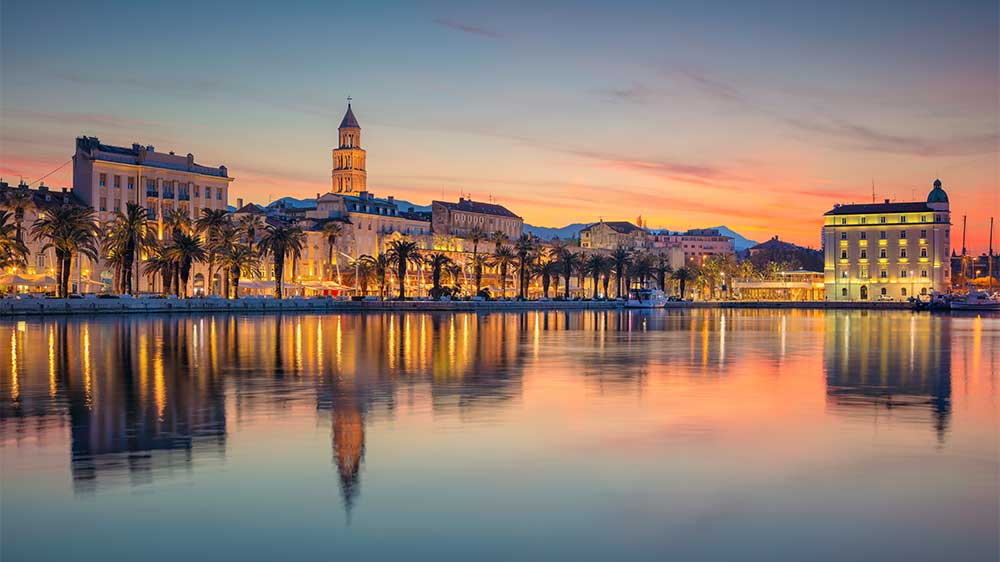
In one of our previous posts, we’ve talked about the city of Split, which originated 1700 years ago from a palace of the Roman emperor Diocletian. You can find a more detailed account of Diocletian and his life in our Split post, but just to bring everyone up to speed, he was a Roman emperor who was born in Salona, an important Roman city very close to Split. He was the first and only Roman emperor in the history of the empire to manage to retire, and he chose to come back to his homeland and build a palace there. Some time after his death, the people from the surrounding area slowly started to inhabit the palace and later started building outside of its walls. Thus, the city of Split was born!
Of course, Diocletian’s palace still exists and it’s the centre point of Split, seamlessly integrating with the rest of the city around it and is an unavoidable sight to visit. In fact, it’s one of the oldest and most well-preserved examples of Roman architecture in the World. Divided into 4 parts by two intersecting main streets, the Southern part was envisioned as the emperor’s quarters, as well as for preforming religious ceremonies, and the Northern section was reserved for the emperor’s guards and servants. The palace is of a rectangular shape with 4 entrances, and while the palace has certainly changed since it was built, the main outline is still very much visible. There are many secret nook and crannies to find and explore, but let’s take a look at some the main parts of it. Read on and we’ll see you there!
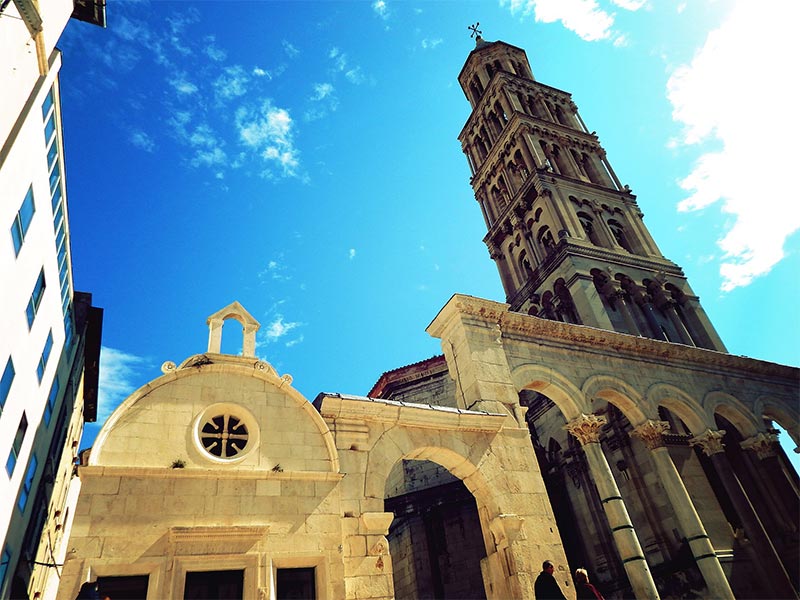
The four gates
As mentioned above, the palace had 4 different entrances, each with their own specifics and varying uses. These are: the Golden Gate, the Silver Gate, the Iron Gate and the Brass Gate.
The Golden Gate: this is the gate through which Diocletian’s stepped into the palace for the first time on the 1st of June 305. They are built in a rectangular shape with a double entrance way as part of a defence strategy. The front of the gate is ornated with 4 niches which once held the statues of Diocletian and his 3 co-rulers. This gate was for use solely by the emperor and his family and it is situated on the direct path to Salona. If you come visit this gate today, you will find a statue of Grgur Ninski in front of it. Legend has it that the statue will grant you a wish if you rub its golden toe!
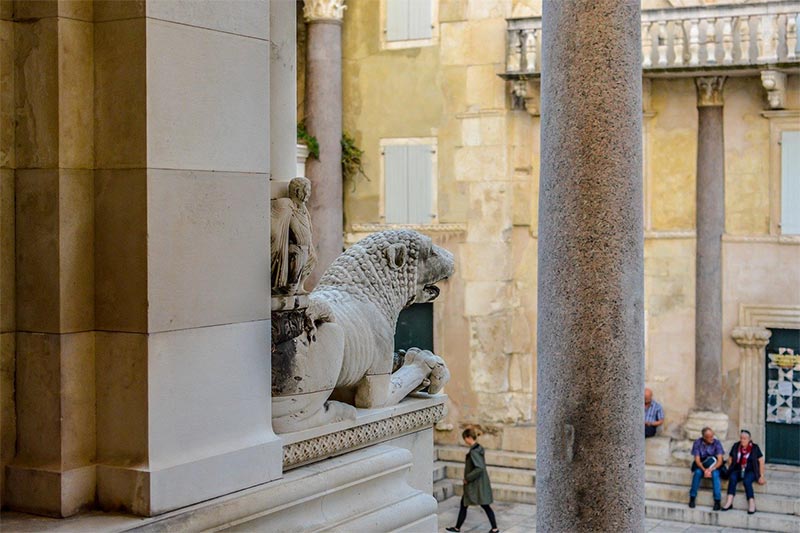
The Silver Gate: found on the Eastern side of the palace, this was the entrance for merchants, common folk, the army and everyone else who wanted to visit the palace. They lead further into the palace, all the way to the Iron gate, and the way from the Silver gate is paved with original palace stones. Next to the gate are the remains of two octagonal towers, which suggests a heavy guard surveillance.
The Iron Gate: this gate is on the Western wall of the palace, directly across the Silver Gate. When it was built it was adorned with a statue to Nike, the Roman goddess of victory, but it was later torn down and replace with and etching of a cross by the Christian population who first inhabited the palace. In the medieval period, the space in between the dual entranceway was used as a courtroom, and up until 50 years ago, a small market found its home there. It is of note to mention the fact that the clock built on top of the Iron gate later in history has 24 numbers on it instead of 12.
The Brass Gate: unlike the 3 other gates, the Brass Gate didn’t offer an entrance to the palace from land. You see, the beloved promenade in Split didn’t exist when the palace was built, it was added later in history. Back then, the South side of the palace was directly over sea. The Brass gate was used for small ships to come in and out of the palace basements. The spiked gates are still the original, surviving almost 2 millennia of water abrasion, albeit with some restoration done.
St. Duje’s Cathedral
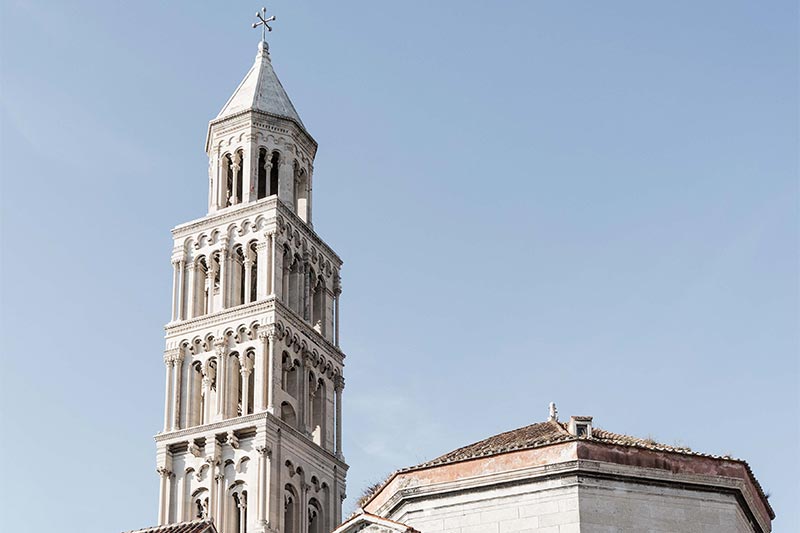
While admittedly one of the smaller cathedrals out there, the one in Split dedicated to St. Duje, a beloved bishop killed in Solin by the order of Diocletian, is certainly one of the oldest. It was originally Dicoletian’s mausoleum where he was buried. When the first Christians arrived to Split, they removed Diocletian’s remains and replaced them with those of St. Duje. They then added a bell tower to the building and turned it into the Cathedral.
The Cathedral itself is an octagon with an outside ring around it with 8 tombs on each corner. The structure is supported by 8 Corinthian columns made out of red granite with 8 smaller ones on the level above.
Of the Christian additions, apart from the bell tower, the most prominent ones are the walnut gates to the Cathedral, decorated by 14 images of Jesus throughout his life.
A must do when visiting Split is to climb the bell tower and enjoy a truly spectacular view of Split, so make sure to add this to your list!


